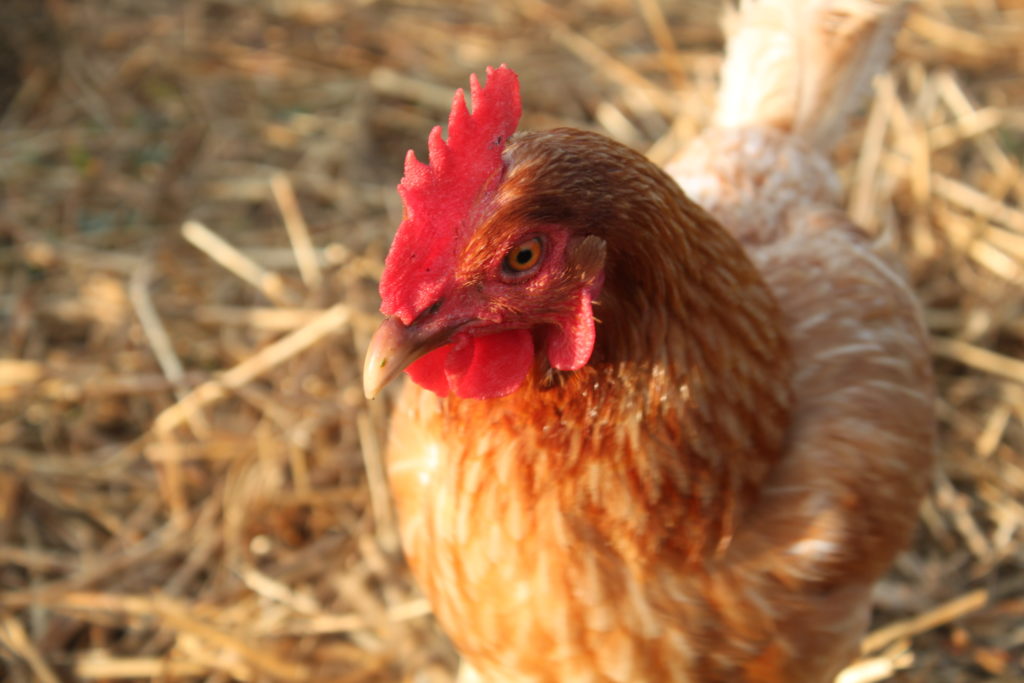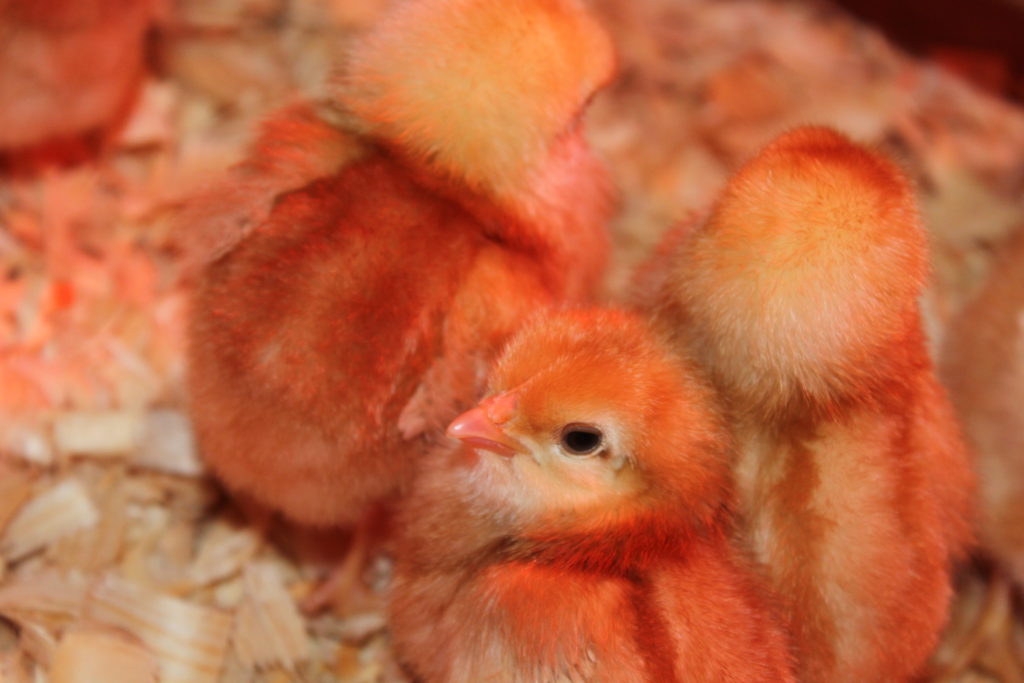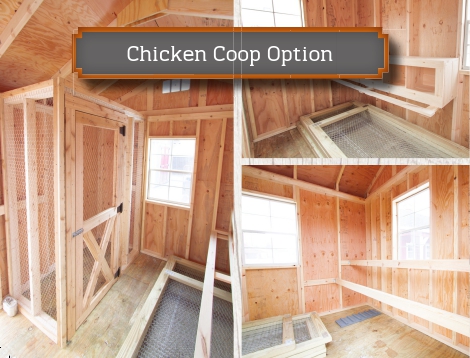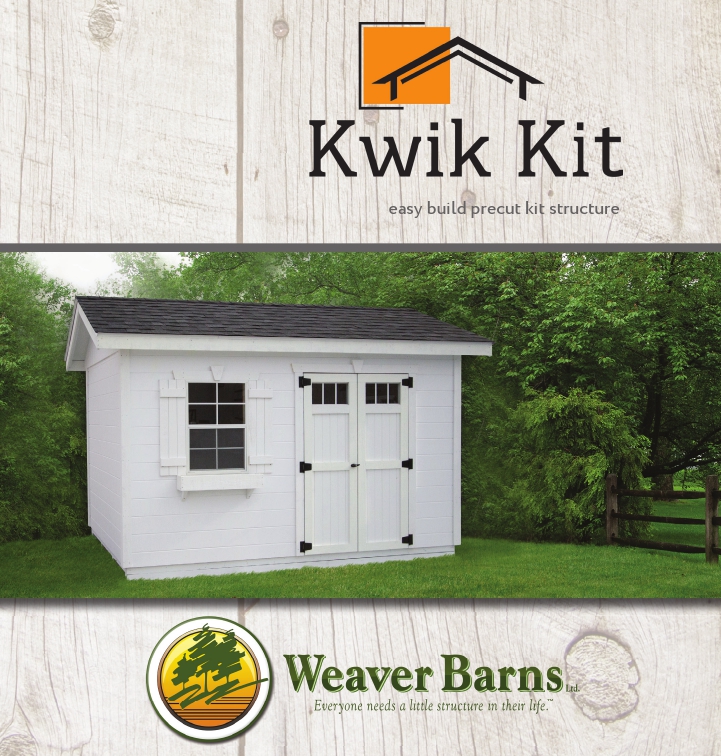The Basics Of Raising Backyard Chickens

As Spring approaches – many begin to think of raising their own little flock of backyard chickens. Chickens have become popular in the last decade – and with good reason!
Not only can they provide great tasting eggs – they also help to control insects and provide incredible fertilizer for gardens and landscapes.
Raising your own little flock of chickens comes down to the ability to provide the basic necessities of life – food, water, shelter – and a little space to keep them happy.
The Baby Chick Process:

Baby chicks will come to you as little 1 to 2 day-old balls of fur – and for the first 8 weeks of their life – they will need to be kept in a brooder until they are ready to join the “real world”.
You can easily make your own brooder from a galvanized stock tank or a few 2 x 4’s and chicken wire. You can also purchase ready-made brooders at most local farm and feed stores.
Brooders can be lined with pine shavings to serve as a bedding for the chicks. Sawdust and straw are not good choices for baby chicks – as they can get stuck to their backsides and create all kinds of health issues.
You will also need a heat lamp attached to the brooder to keep the temperature around 90 to 95 degrees during the baby chick’s first 5 to 7 days. With no feathers and just a little fuzz to protect them at birth, it’s important to provide them the warmth their little bodies need to survive. As they continue to grow – you can reduce the temperature by about 5 degrees each week until they feather out and can provide their own body heat..
At about 8 weeks, they will be ready to move to their permanent home.

When it comes to their permanent home – chickens need secure and safe housing – and a little area to roam about and enjoy the great outdoors. Chickens do have natural predators such as racoon, coyote and foxes – so you will need to have a secure coop for their protection.
As for size – most chicken “experts” will tell you to use 3 to 4 square feet of floor space per chicken in the coop – and about 10 square feet per chicken in the run. It doesn’t take a lot of space to enjoy fresh eggs and the companionship of a few backyard chickens!
Depending on the variety you choose – your chicks will usually begin to lay their first eggs anywhere from week 16 to week 20 – and many varieties of chickens can lay an egg 5 to 6 days a week.
Speaking of those eggs – YES – there is a huge difference from store-bought eggs! With one simple crack of a “home-raised” egg – its easy to see the difference in yolk and color – not to mention the great taste.
The Weaver Barns Kwik Kit Chicken Coop Option
 And if you are looking for a great looking coop for those chickens – be sure to check out Weaver Barns’ DIY shed kits with the Chicken Coop Conversion option.
And if you are looking for a great looking coop for those chickens – be sure to check out Weaver Barns’ DIY shed kits with the Chicken Coop Conversion option.
The kwik kit sheds can be shipped anywhere in the lower 48 states, and in a single afternoon, you can put together your very own backyard chicken coop!
For more information on the Weaver Barns Kwik Kit Shed / Chicken Coop – contact us today at (330) 852 2103 or toll free at (888) 289 4940. You can also email us at [email protected].
Weaver Barns, because everyone needs a little structure in their lives – even backyard chickens!